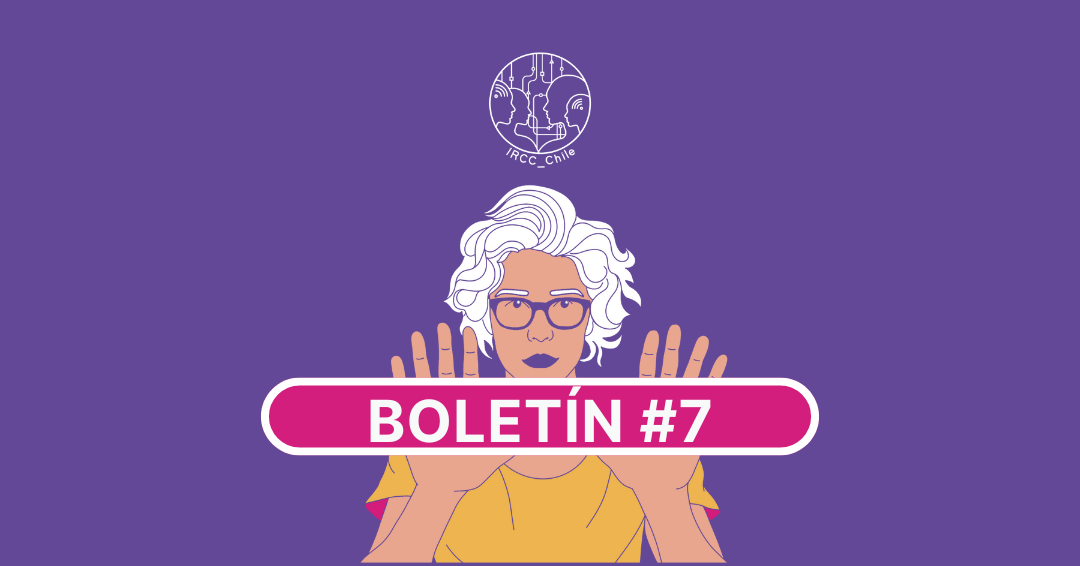The new Constitution draft proposed by the Expert Commission devotes item 14 of Article 16 to freedom of expression, information and opinion and the regulation of the media. This constitutional regulation proposal, based on which the Constitutional Commission will carry out its work, configures item 14 with content that is practically identical to the current Article 19.12 of the current Constitution.
The most relevant innovations of the Expert Commission’s proposal are found in the incorporation of an item 14 bis that recognizes the right to access public information and establishes an autonomous body, as well as the rules for interpreting human rights treaties and others for the regulation of fundamental rights contained in Articles 6 and 23.
This is a very different approach from the one rejected on September 4th, 2022. The proposal of the Constitutional Convention developed interesting aspects in the field of the so-called communication rights, such as universal access to digital connectivity, guaranteeing net neutrality, the right to digital education, the promotion of media pluralism, concentration, and recognition of public media, local and community communication (Articles 82 to 90).
However, this was not the case with the discussion on a regulatory institutionalism of communications. During the Convention’s discussion, several proposals aimed at establishing an independent convergent body were debated. But the proposal did not obtain sufficient support, leaving the definition of the institutions to the legislative body.
The text written by the Expert Commission, and based on which the Constitutional Commission will work starting this week, is much more concise in relation to communication rights. It doesn’t include any reference to digital rights and maintains a special legal framework for television.
Regarding a regulatory institutionalism of communications, it is quite similar to the 1980 Constitution in the sense that it includes the National Television Council and assigns it the same constitutional mission as 43 years ago: the proper functioning of television.
This is happening as the word that best summarizes the current global moment of social communication is CONVERGENCE. We have shifted from a scenario in which media, contents and bidders were clearly differentiated (radio, TV, print media, telephony) to a context favored by the development of digital technologies in which these boundaries are blurred.
Today, it is necessary to develop a regulatory convergence that follows media convergence.
This was understood by the European Union, which through its 2018 Audiovisual Media Services Directive tried to unify the regulation of audiovisual communication -both linear and on demand- as far as possible and extended the regulation to video exchange platforms such as Dailymotion and YouTube.
The assumption that has guided this whole regulatory development is related to the fact that public interest rights and values involved in audiovisual communication have a transcendence so essential for a democracy -pluralism, cultural identities, protection of children, etc.- that they justify a resolved intervention by public authorities for their effective safeguarding and promotion.
The Directive also highlights the role of the authorities and regulatory agencies of the member states in implementing these measures, the most important aspect for their legitimacy being that they are independent from both public and private powers and have sufficient powers and human and financial resources to fulfill their duties.
Therefore, convergence cannot be understood as submission by the audiovisual sector to the parameters of telecommunications. Instead, both must be conceived jointly, tending to their specificities.
For all these reasons, the constitutional draft under discussion is anachronistic regarding the current context of techno-communication development and its necessary regulatory entity.
It is a text that eludes something as evident as the convergence of communications and opts to perpetuate an exclusive supervisory agency for television.
The problem with this is that the written text compresses the future discussion a priori: Chile needs an institutional structure in line with the technical, economic and political needs required by convergence, with rules that stimulate investment and competition among various actors yet also favor a diverse and plural media system.
Given the short time that this commission will be in session, rather than advancing the description of the regulatory institutionalism of communications that we need for the next 50 years, it is important that the text includes some principles for its subsequent configuration by the legislative body.
To this end, we consider it is much more appropriate for an institutionalism of television and media to opt for a similar clause to the one used in item 15 for the institution in charge of safeguarding transparency and access to public information, namely, to stipulate that the competence of regulating communications shall fall to a “convergent autonomous agency” without defining its name and scope, and leaving the definition of these aspects to an institutional law.
By Chiara Sáez and Javier García, #RegulaciónConvergente researchers..
Column published on June 13th, 2023 on the website of the Latin American Observatory of Regulation, Media and Convergence (OBSERVACOM).


